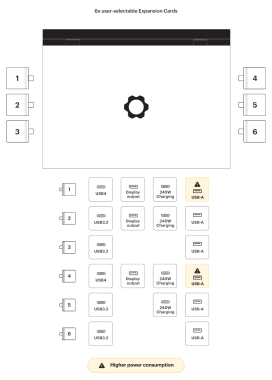Expansion Cardslot compatibility - Not all Framework 16 ports are created equal ( lemmy.one )
Neat diagram that I hadn't seen before. I plan to keep this image saved so I can refer to it and make sure I am using adequate ports as I swap cards around.
